Abusive relationships are challenging and often leave lasting emotional scars. However, understanding what constitutes abuse and learning how to fix an abusive relationship can empower individuals to take the right actions toward healing and potentially mending the relationship. This guide will explore the critical steps involved in recognizing abuse, seeking help, and working towards positive change in a relationship.
Key Takeaways
- Recognizing the signs of abuse is the first crucial step in addressing the issue.
- Professional help is often necessary to guide both parties through the healing process.
- Setting boundaries and prioritizing self-care are essential for those involved in abusive relationships.
Table of Contents
- Understanding Abusive Relationships
- Can an Abusive Relationship Be Fixed?
- Steps to Fix an Abusive Relationship
- When to Walk Away
Understanding Abusive Relationships
What Is an Abusive Relationship?
An abusive relationship involves patterns of behavior used by one person to gain control and power over another. This abuse can be emotional, physical, psychological, or financial, and it often starts subtly before escalating over time.
Signs of an Abusive Relationship
Common signs of an abusive relationship include extreme jealousy, controlling behavior, frequent criticism, humiliation, physical harm, and threats. Recognizing these signs early can be critical in addressing and potentially fixing the relationship.
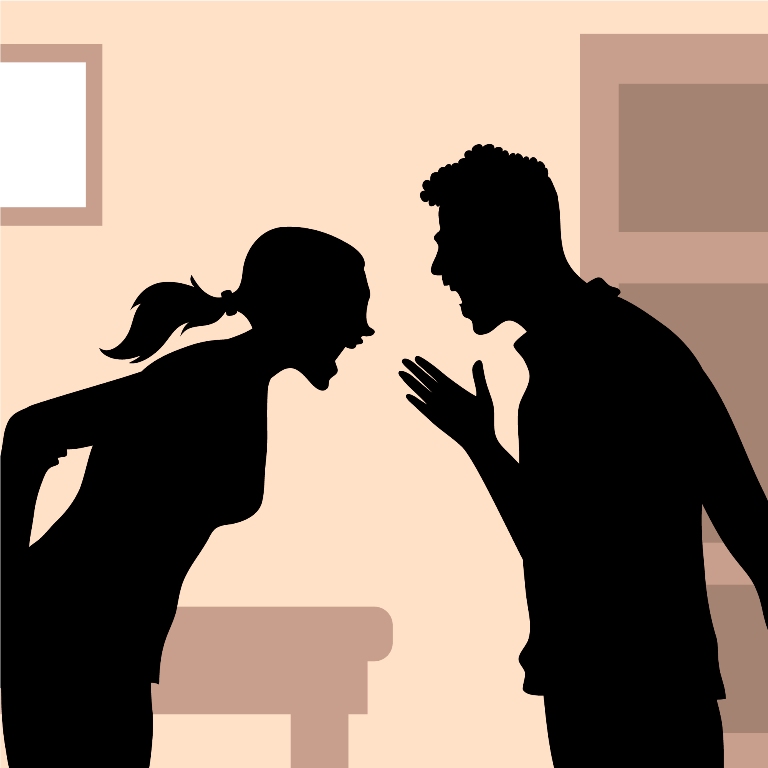
Can an Abusive Relationship Be Fixed?
Is it possible to fix an abusive relationship? The answer depends on various factors, including the willingness of both parties to change and the severity of the abuse. While some abusers can change with extensive effort and professional intervention, others may not. It is crucial to assess the situation carefully and prioritize safety above all.
Steps to Fix an Abusive Relationship
Step 1: Acknowledge the Abuse
The first step in fixing an abusive relationship is acknowledging the abuse. This requires honesty and self-reflection from both parties. Often, the abuser may downplay or deny their actions, making this step challenging but essential.
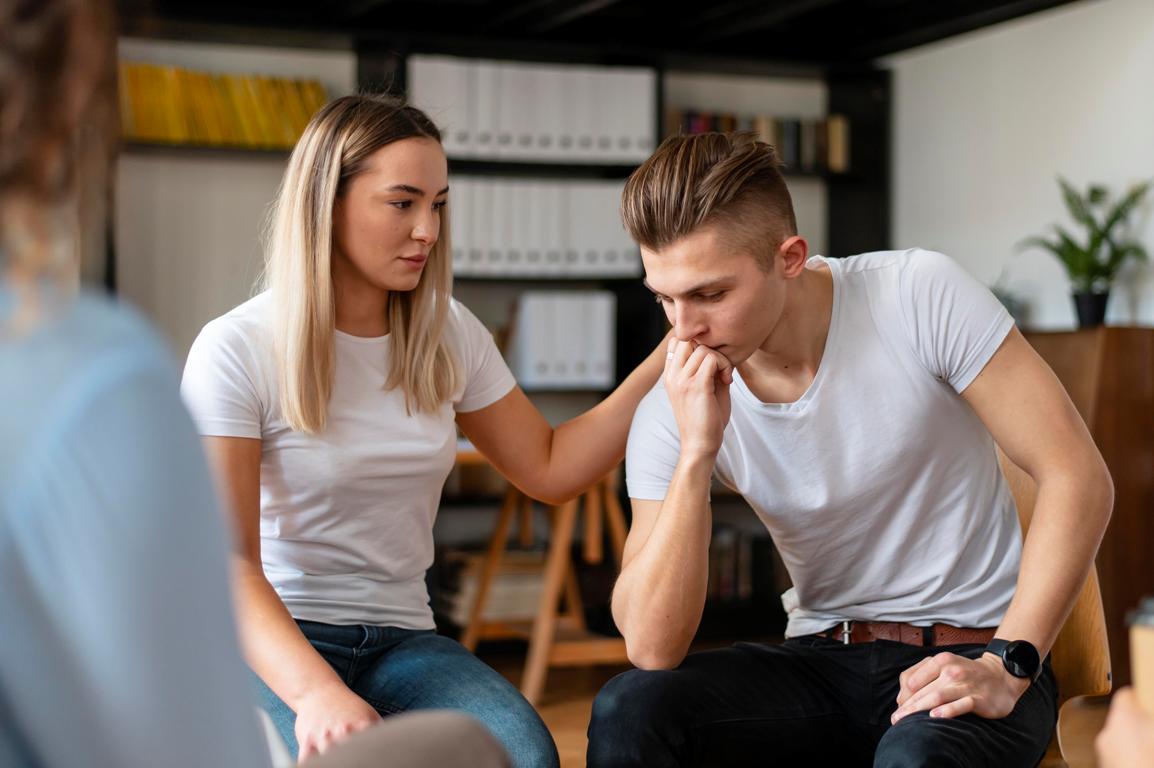
Step 2: Seek Professional Help
Seeking professional help, such as therapy or counseling, is vital for both the victim and the abuser. A therapist can provide a neutral space for discussion and help identify the root causes of the abusive behavior. Support groups can also offer valuable resources and community support.
Step 3: Establish Boundaries
Establishing clear boundaries is critical in stopping abusive behavior. These boundaries must be respected by both parties, and failure to do so should be met with immediate consequences. Boundaries help create a safe environment where both individuals can express themselves without fear of abuse.

When to Walk Away
Recognizing When It’s Time to Leave
Sometimes, despite all efforts, an abusive relationship cannot be fixed. Recognizing when it’s time to walk away is crucial for personal safety and mental health. If the abuse continues despite attempts at change, or if there is no commitment from the abuser to improve, leaving may be the best option.
Safety Planning for Leaving an Abusive Relationship
Leaving an abusive relationship can be dangerous, and having a safety plan in place is essential. This plan might include finding a safe place to stay, having emergency contacts, and knowing where to go for help. It’s important to have a strategy that prioritizes your safety and well-being.
Healing After Abuse
How to Heal After Leaving an Abusive Relationship
Healing after an abusive relationship is a journey that requires time, self-compassion, and support. Emotional recovery can involve therapy, reconnecting with loved ones, and rebuilding one’s sense of self. It’s important to be patient with yourself and recognize that healing is not a linear process.
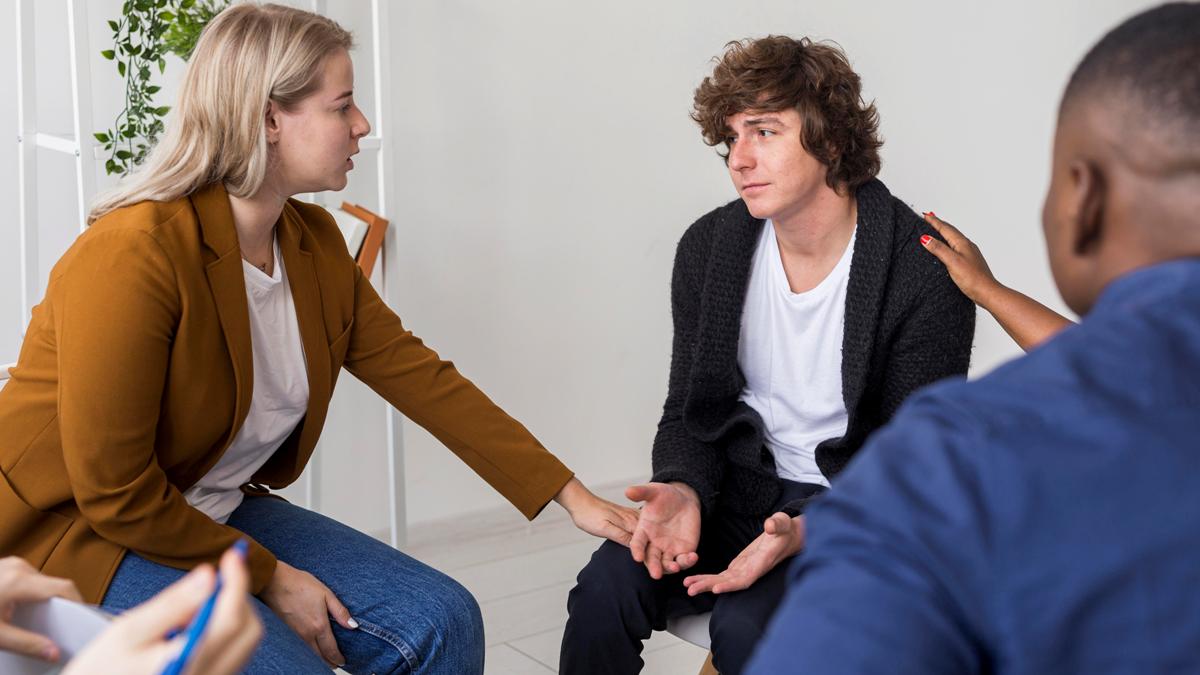
Seeking Support After an Abusive Relationship
Support is crucial for healing after abuse. This can include therapy, support groups, and reaching out to friends and family who can provide a safe and understanding environment. Rebuilding trust and learning to set boundaries are key steps in this process.
Preventing Abuse in Future Relationships
Learning from Past Experiences
Learning from past abusive relationships is essential for preventing future abuse. Reflecting on what went wrong and identifying red flags early on can help you make better choices in future relationships. It’s important to take your time when entering a new relationship and to prioritize your emotional well-being.
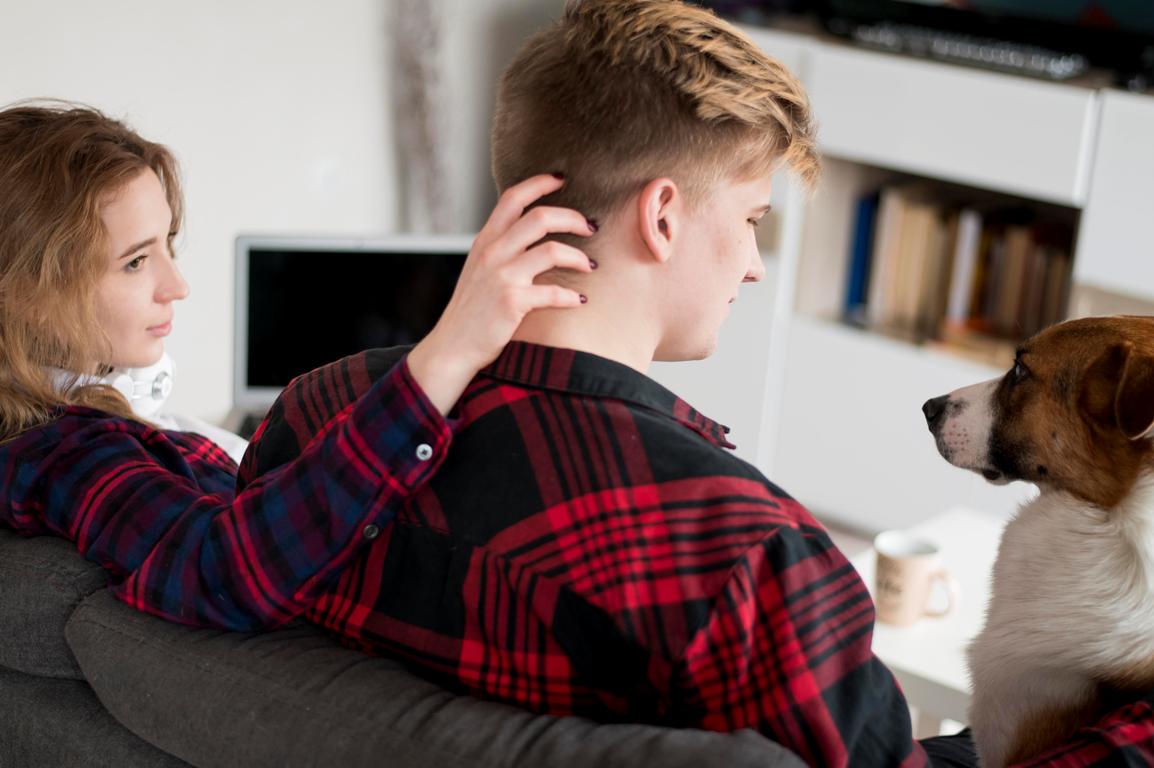
Setting Healthy Relationship Standards
Establishing healthy relationship standards means knowing what you will and will not accept in a relationship. This includes setting boundaries, communicating openly, and ensuring that respect and equality are at the forefront of your interactions. Trust your instincts and don’t be afraid to walk away if something feels off.
Myths About Fixing Abusive Relationships
Common Myths About Abusive Relationships
There are many myths about fixing abusive relationships, such as the belief that abusers cannot change or that love can fix everything. While change is possible, it requires commitment, time, and often professional help. It’s important not to fall into the trap of thinking that you can change your partner solely through love or patience.
Frequently Asked Questions About Fixing Abusive Relationships
Can an abuser really change?
Change is possible, but it requires the abuser to acknowledge their behavior and seek help. Without a genuine commitment to change and professional intervention, the chances of improvement are slim. It’s crucial to evaluate whether the abuser is willing to make the necessary changes.
How long does it take to fix an abusive relationship?
The timeline for fixing an abusive relationship varies depending on the individuals involved and the severity of the abuse. It can take months or even years of consistent effort, therapy, and commitment from both parties. There are no quick fixes, and patience is essential.
What should I do if my partner refuses to acknowledge the abuse?
If your partner refuses to acknowledge the abuse, it may be impossible to fix the relationship. Denial often indicates that the abuser is not ready or willing to change. In such cases, prioritizing your safety and well-being is the most important step, and it might be best to consider leaving the relationship.
Is it worth trying to fix an abusive relationship?
Deciding whether to try to fix an abusive relationship is deeply personal and depends on the specifics of the situation. If the abuser shows a genuine willingness to change and takes responsibility for their actions, it might be worth pursuing professional help. However, if there is continued denial, manipulation, or escalation of abuse, walking away may be the best option for your safety and mental health.
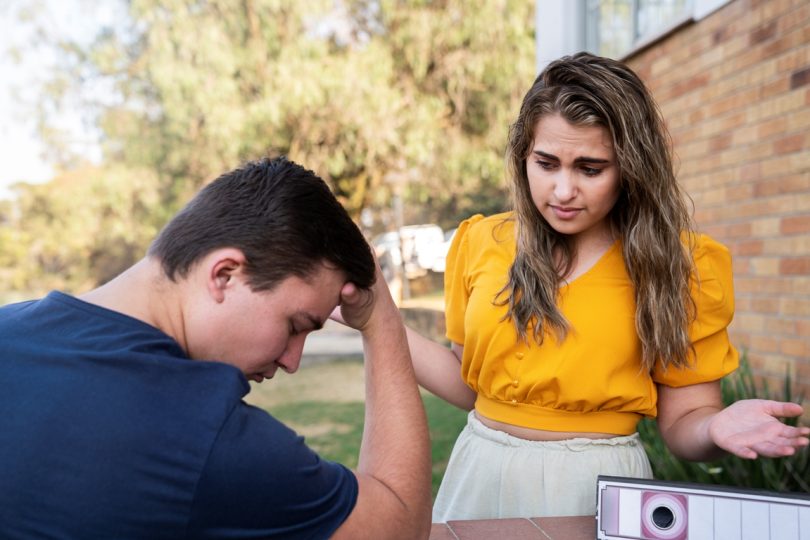

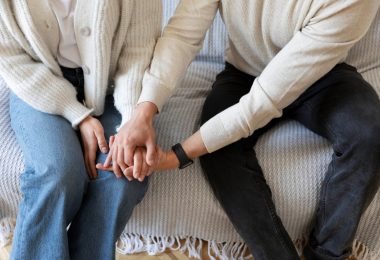




Leave a Comment